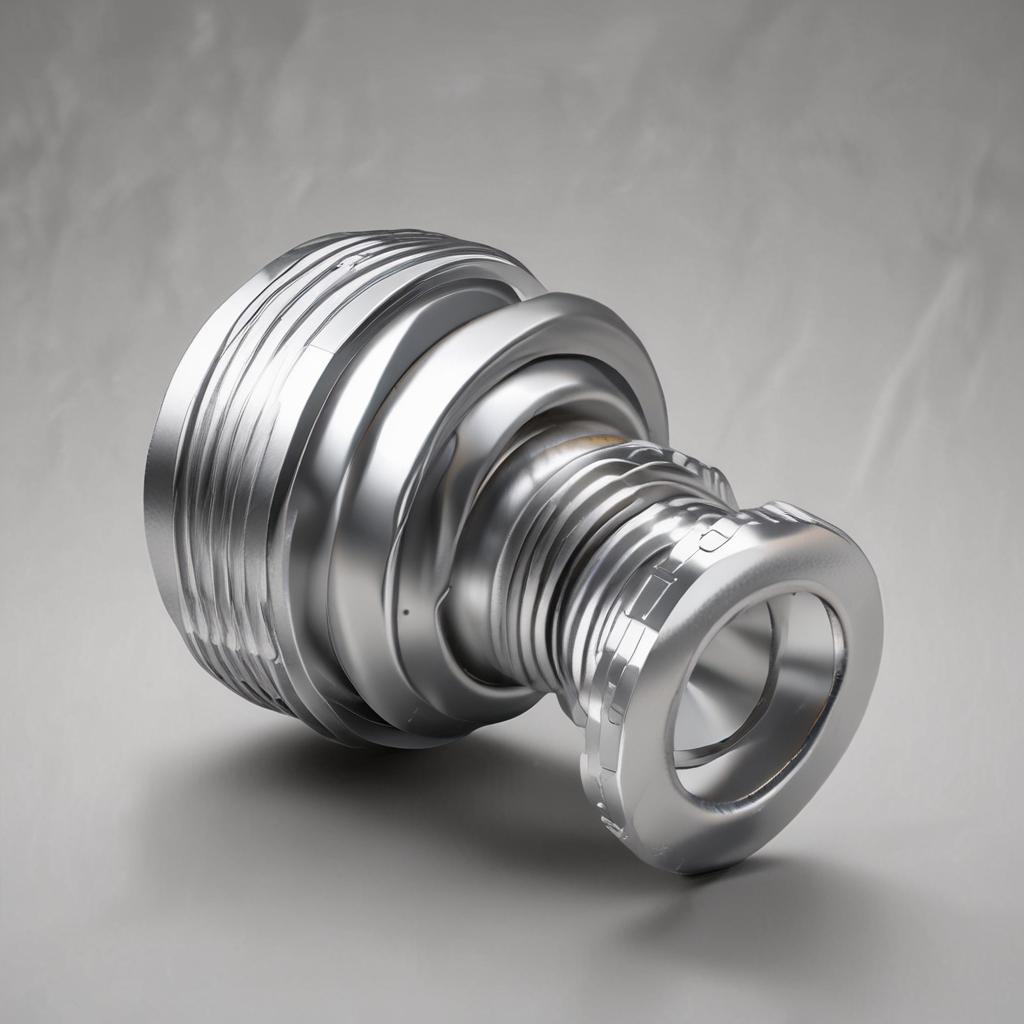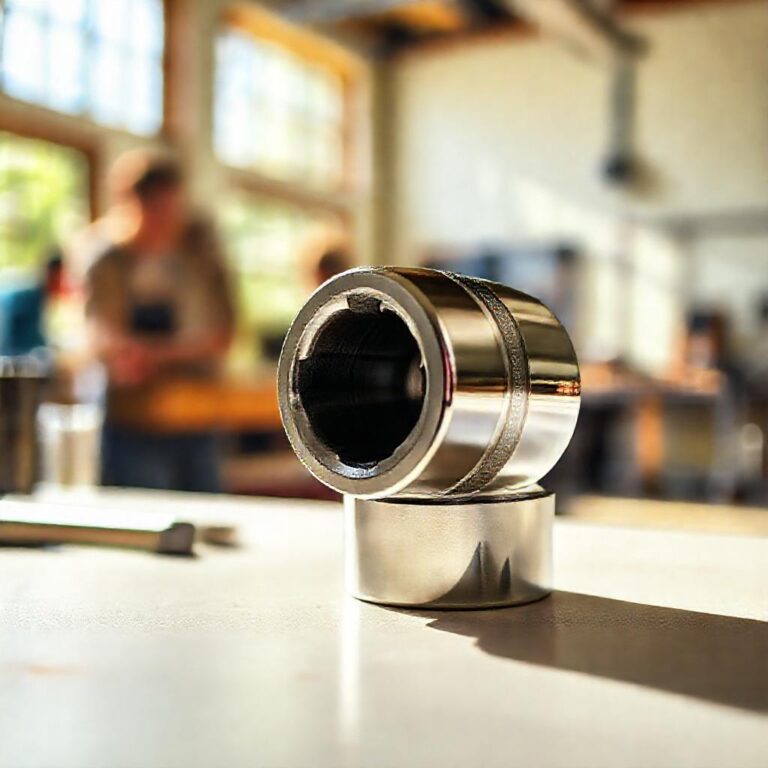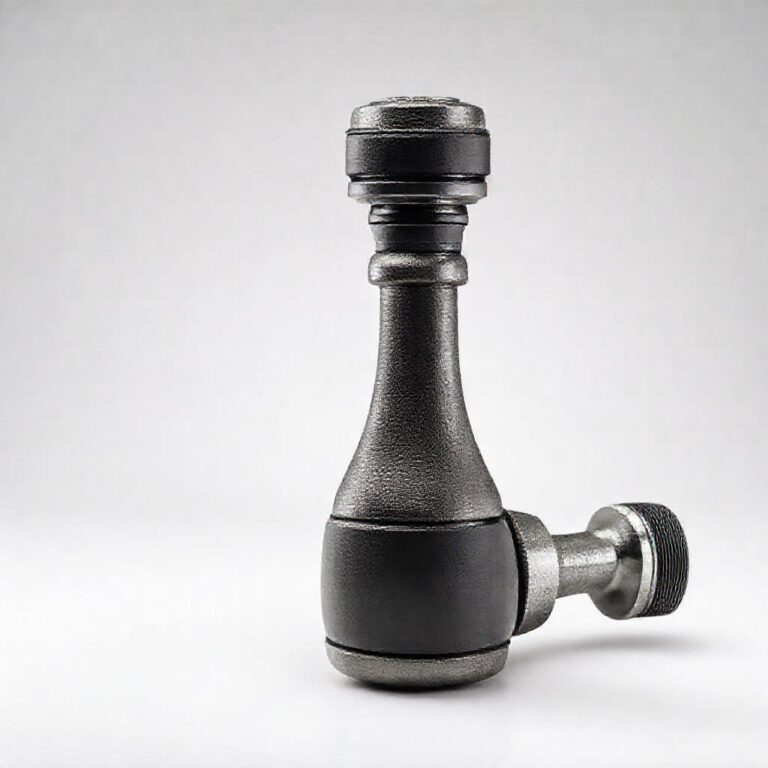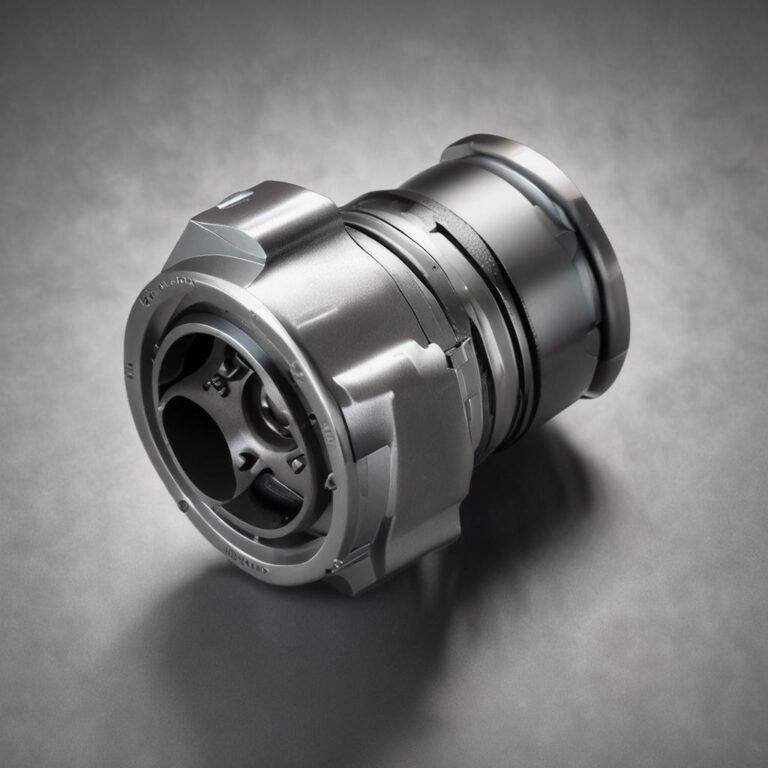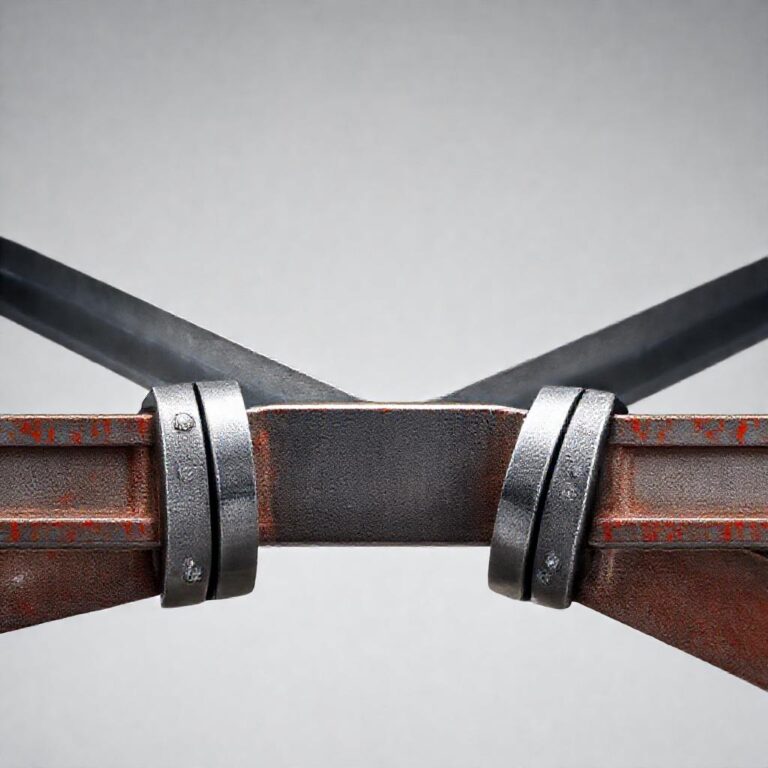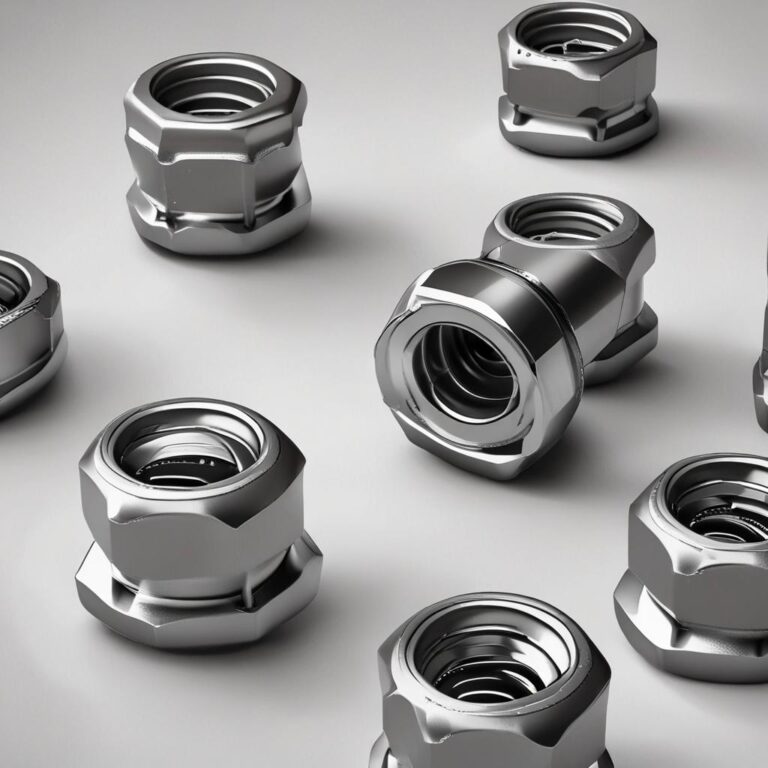Stainless Steel Socket Head Cap Screw Torque Chart
Stainless steel socket head cap screws are a cornerstone of precision fastening in industries ranging from aerospace to automotive and industrial machinery. These screws are prized for their high strength-to-size ratio, corrosion resistance, and reliability. However, their effectiveness hinges on proper installation, and this is where torque charts come into play. Torque charts provide precise guidelines for tightening these screws, ensuring they are neither over-tightened—which can strip threads or deform components—nor under-tightened, which may lead to loosening and potential equipment failure. Understanding and applying the correct torque values is not just a best practice; it’s a critical step in maintaining safety, reliability, and longevity in any assembly.
Understanding Stainless Steel Socket Head Cap Screws
What Are Socket Head Cap Screws?
Socket head cap screws are characterized by their cylindrical heads with an internal hexagonal socket, allowing for high torque application with minimal space requirements. They are commonly made from stainless steel grades like 304, 316, and 17-4 PH, each offering unique properties such as corrosion resistance, tensile strength, and durability. These features make them ideal for demanding environments where reliability is non-negotiable.
Why Torque Matters for Stainless Steel Screws
Torque is the force applied to tighten a screw, and it directly impacts the clamping force that holds components together. For stainless steel screws, achieving the correct torque is essential to ensure joint integrity without compromising the material. Friction plays a significant role in torque application, with factors like surface finish and lubrication influencing the required torque values. Too much torque can strip threads or deform the screw, while too little can result in a loose connection, leading to potential failures.
How to Use a Stainless Steel Socket Head Cap Screw Torque Chart
Identifying the Correct Torque Values
Using a torque chart begins with identifying the screw’s specifications, including its diameter, length, grade, and thread type (metric or imperial). For example, common sizes like M3 or 4-40 will have specific torque ranges based on their material and application. Always refer to a chart that matches the screw’s grade and intended use to ensure accuracy.
Factors to Consider When Applying Torque
Environmental conditions, such as temperature and humidity, can affect torque requirements. Surface conditions—whether the threads are clean, lubricated, or plated—also play a role. Additionally, application-specific needs, such as aerospace or medical device assembly, may require adherence to stricter torque guidelines to meet safety and performance standards.
Progress Overview
Progress analysis for Stainless Steel Socket Head Cap Screw Torque Chart
Key Industry Applications and Standards
Common Use Cases for Stainless Steel Socket Head Cap Screws
Stainless steel socket head cap screws are widely used in aerospace for their high strength and corrosion resistance, in automotive applications like engine and suspension systems, and in medical devices where sanitary conditions are paramount. Their versatility and reliability make them indispensable in these critical industries.
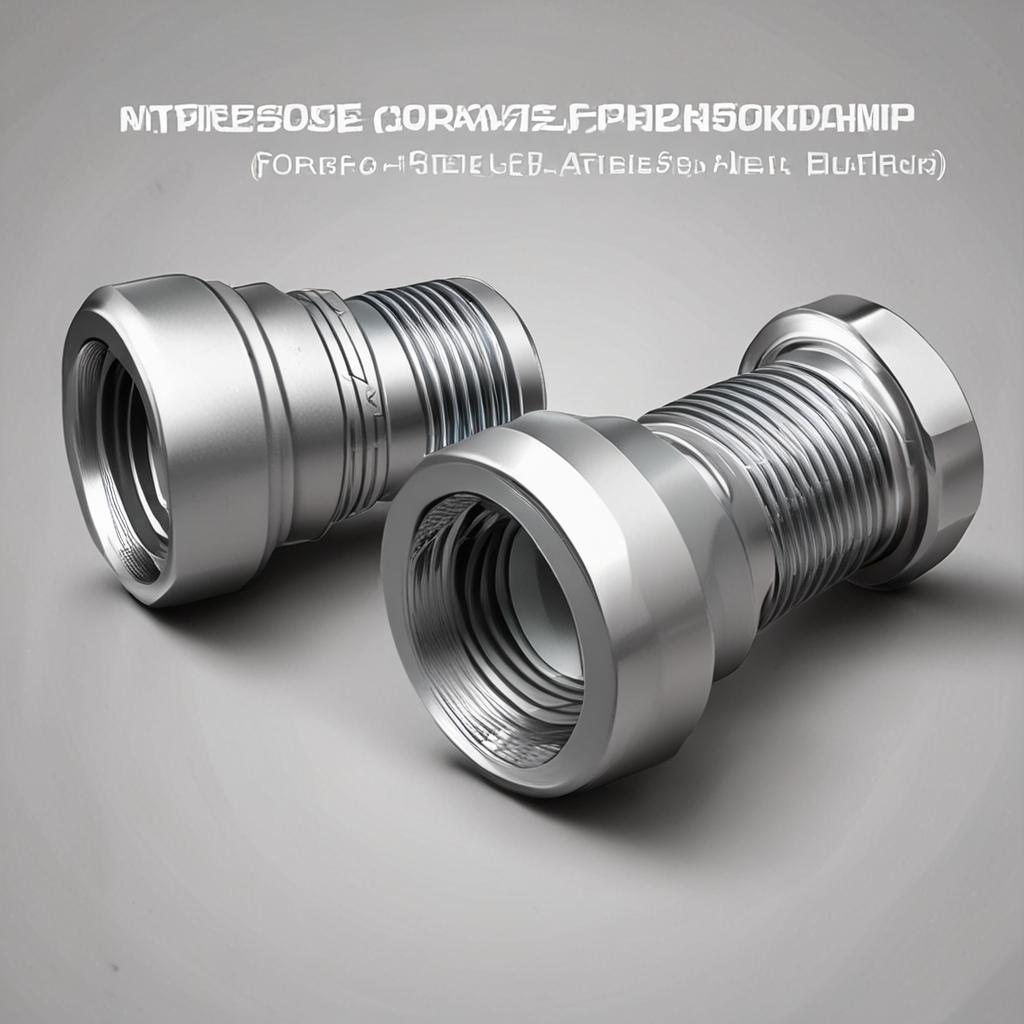
Relevance of Standards
Standards such as ISO 4762 and ASTM A493 provide guidelines for torque specifications, ensuring consistency and safety across applications. Adhering to these standards, along with manufacturer recommendations, is essential for achieving optimal performance and avoiding costly mistakes.
Common Mistakes to Avoid When Using Torque Charts
Overlooking Material Variations
Different stainless steel grades, such as 304 vs. 316, have varying torque requirements. Using the wrong chart for a specific grade can lead to improper tightening and potential failure.
Using the Wrong Socket Size or Tool
Incorrect tools can strip the screw’s socket or deliver inaccurate torque, compromising the joint. Always use the appropriate socket size and a calibrated torque wrench.
Ignoring Thread Engagement Length
The length of thread engagement directly affects clamping force. Insufficient engagement can reduce joint strength, while excessive engagement may increase friction and torque requirements.
Practical Examples and Case Studies
Sample Torque Chart for M3–M10 Sizes
Here’s an example of torque values for stainless steel 304 Grade 8.8 and 316 Grade 12.9 screws in sizes M3 to M10. Always cross-reference with manufacturer data to ensure accuracy.
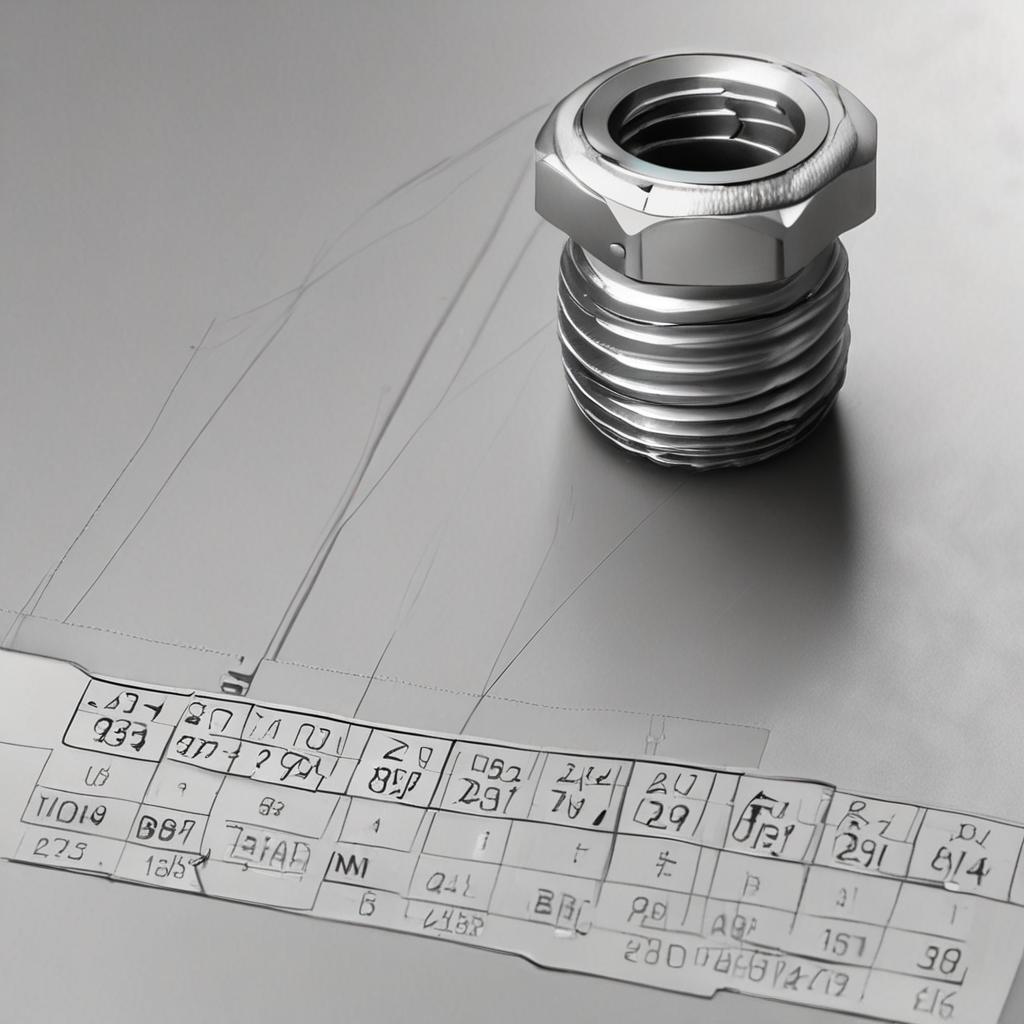
Real-World Application: Torque in Automotive Assembly
In automotive assembly, torque charts are critical for tightening suspension components. Improper torque can lead to part failure in high-vibration environments, emphasizing the importance of precision in torque application.
How to Create or Customize a Torque Chart
Calculating Torque Requirements
The torque formula, T = K D F (torque, coefficient of friction, diameter, friction force), can help calculate specific requirements. For critical applications, consult engineering guidelines or conduct in-house testing.
When to Adjust Standard Torque Values
Adjustments may be necessary for lubricated threads, non-standard materials, or unique environmental conditions. Always document any deviations from standard charts for future reference.
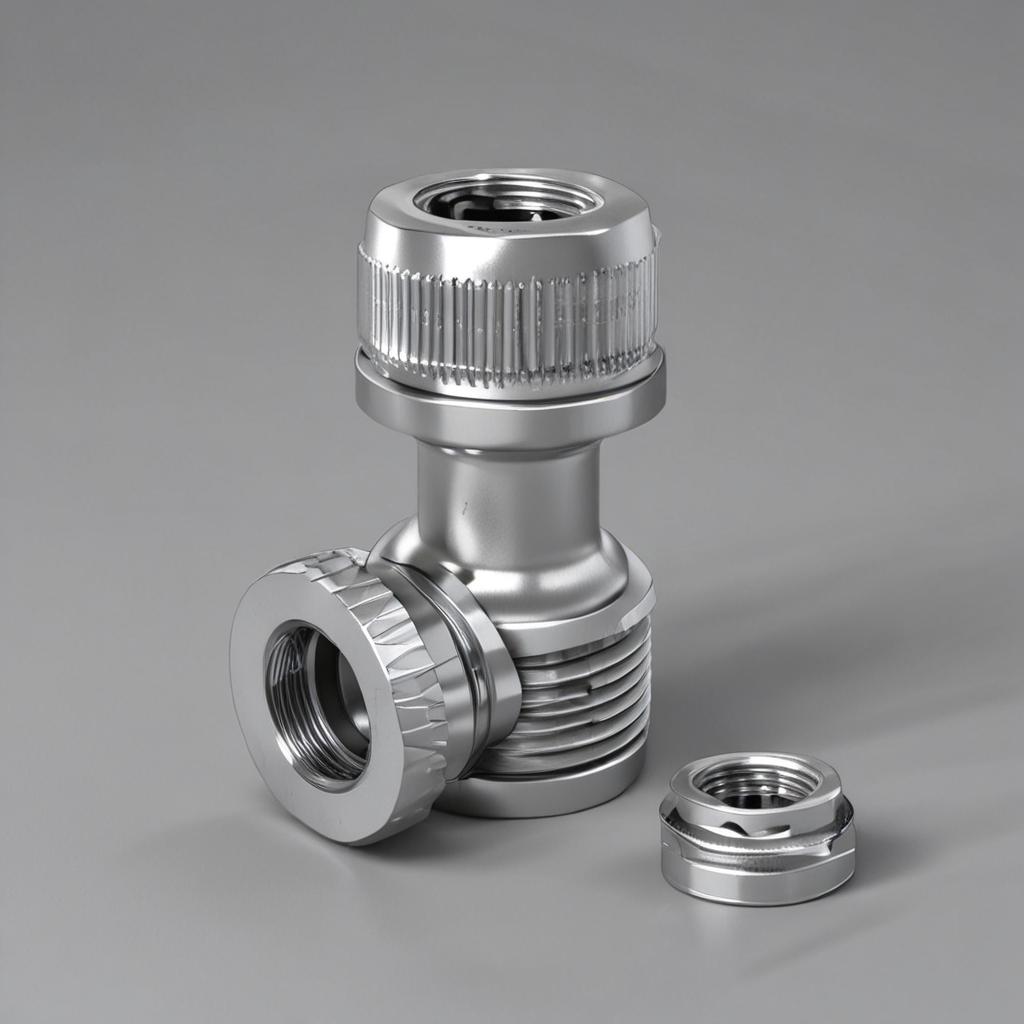
Conclusion: Ensuring Precision and Safety with Torque Charts
Using a stainless steel socket head cap screw torque chart is essential for achieving reliable and safe fastening. These charts provide the precision needed to avoid over-tightening or under-tightening, ensuring equipment longevity and safety. Always verify torque values with industry standards or manufacturer guidelines, and remember that correct torque application translates to cost savings and operational efficiency.
FAQ Section: Stainless Steel Socket Head Cap Screw Torque Chart
- Where can I find a reliable stainless steel socket head cap screw torque chart? Reference manufacturer websites, industry standards (e.g., ISO, SAE), or engineering handbooks.

